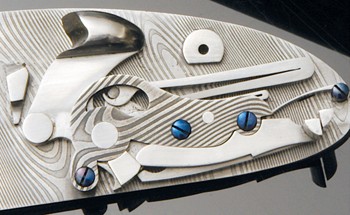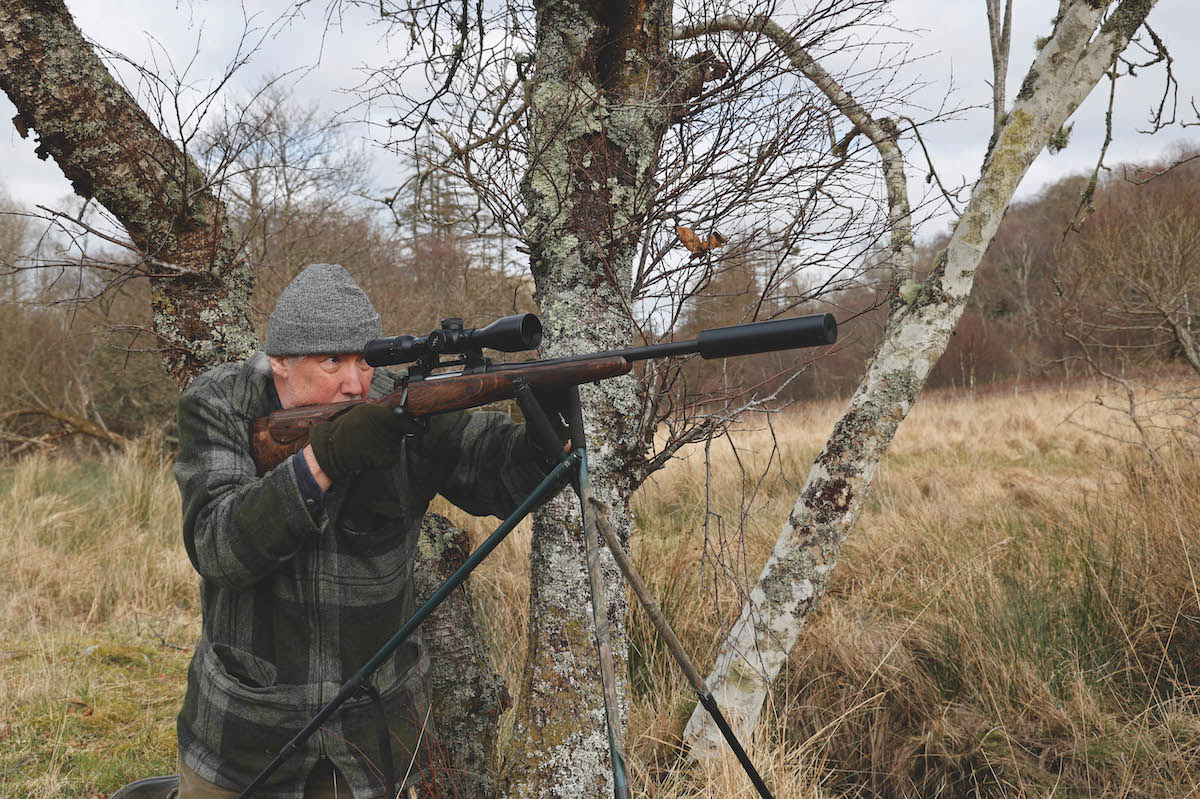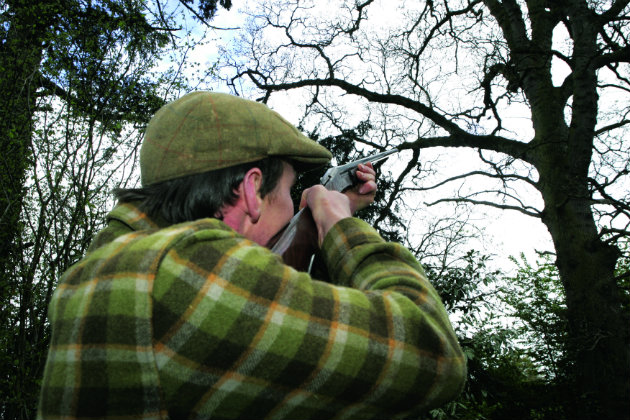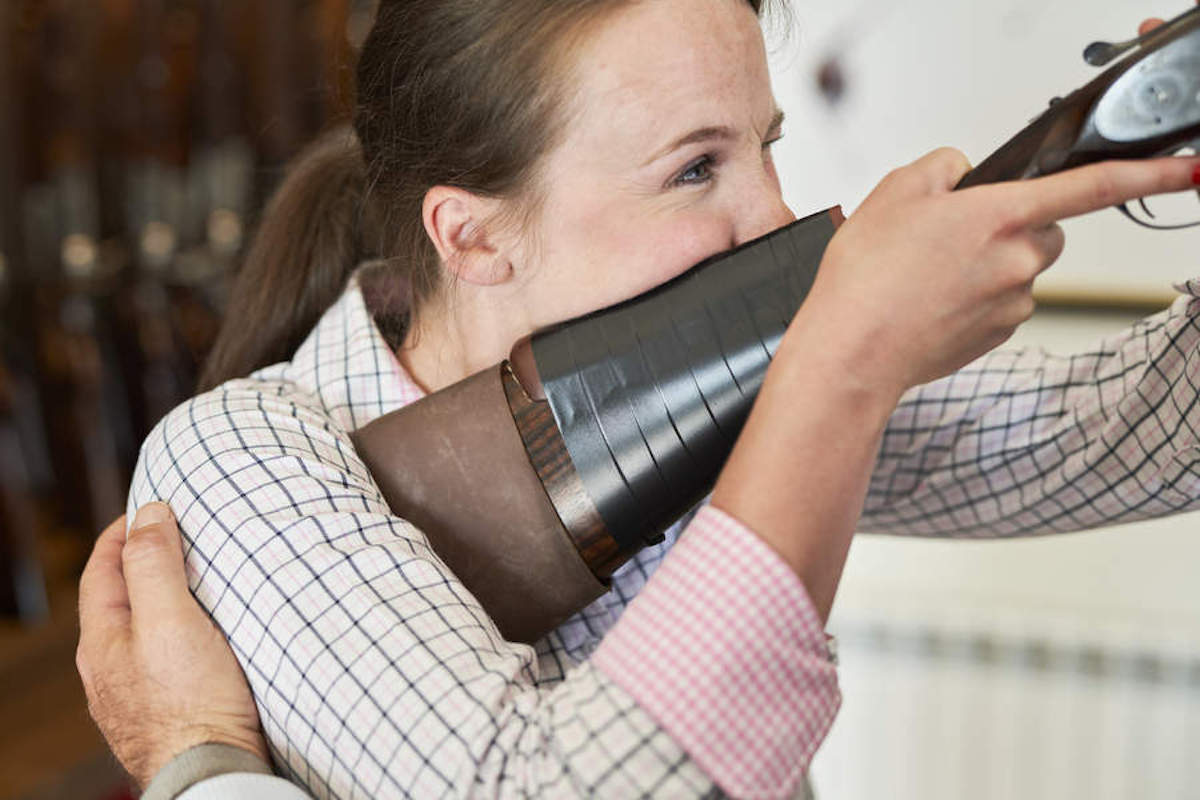What is fluid steel, and is it stronger than Damascus steel?
Fluid steel or Damascus steel. What's the difference?
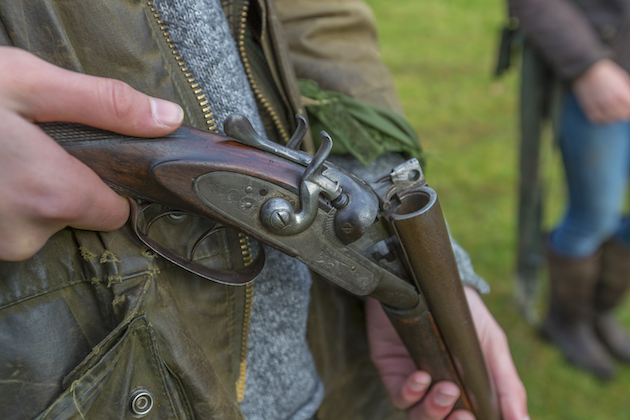
Damascus barrels on a 16-bore shotgun
The shotgun barrels of some of the older makes are often listed as being either Damascus, or fluid steel. What is fluid steel and is it stronger than Damascus?
A British invention
Fluid steel was invented by the great British engineer, Sir Joseph Whitworth. He used it for his guns (which included artillery pieces) in the early 1880s. It was called “fluid” because it was compressed into shape while in an extremely hot, malleable state.
Fluid steel was also made by Krupp’s of Essen, but by a slightly different process to Whitworth’s.
Initially it probably wasn’t stronger than Damascus steel.
However in 1880 the Birmingham Proof House tested a number of shotgun barrel materials to ever-increasing pressures until they started to fail, and laminated steel (a form of Damascus steel) proved strongest, with fluid steel second.
However, the metallurgy of fluid steel improved rapidly in the following few years, and similar Proof House tests in 1895 put fluid ahead of Damascus steel. In due course even Purdeys started using Whitworth’s steel.
There is a belief in some quarters that any barrel marked “Fluid Steel” is safe with modern ammunition. This is not so – it could well have only black powder proof.
In the USA one man active on websites believes that all Damascus steel barrels are so dangerous they should be destroyed. But then you are likely to get piffle like this from a nation that does not have gun barrel proof legislation.
Purdey Damascus Steel shotgun review
Purdey’s newest creation isn’t made from any old iron. Only the world’s best steel is good enough for this masterpiece.
Can I remove pitting from Damascus steel barrels?
Q: I have acquired a lovely old side-by-side with Damascus barrels but sadly the tubes are pitted. Is it possible to have the pitting mended?
A: To get rid of pitting you have to remove metal. Unfortunately the holes can’t be filled in. Metal can be reamed or ground out, but the barrel walls may not be thick enough to allow this process without rendering the gun unsafe to submit for re-proof.
All I can suggest is that you take your gun to a gunsmith and ask for an opinion.

